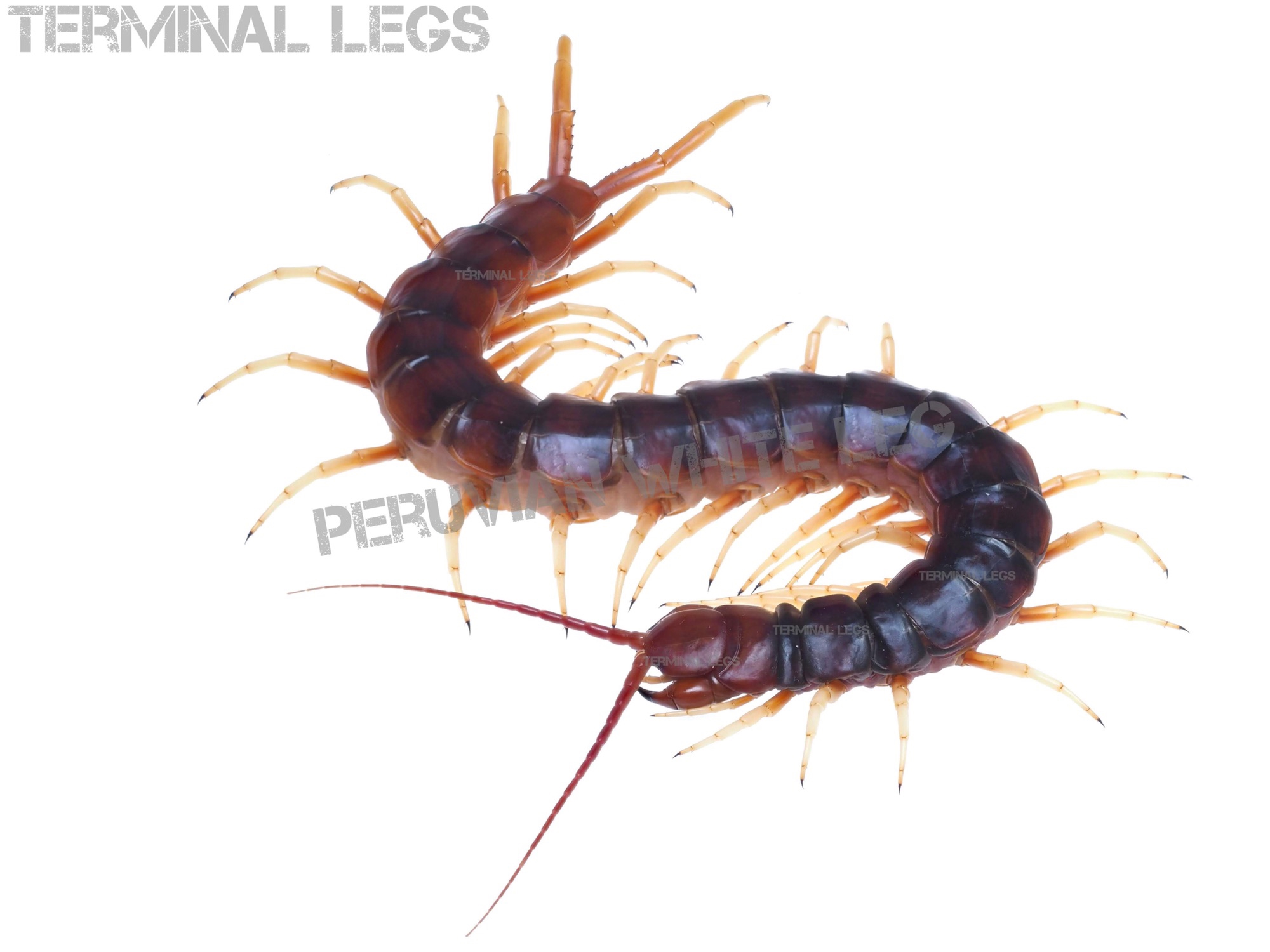Jumbie Spider
Arachnobaron
- Joined
- Oct 29, 2020
- Messages
- 369
I came across an interesting post from `Terminal Legs`, that compared Scolopendra Gigantea with Scolopendra sp White Legs and Galapagoensis.
Using the scientific keys, they found that sp. White Legs more closely matched Galapagoensis, and they are calling it a form of Galapagoensis.

 terminal--legs-shopinfo-jp.translate.goog
terminal--legs-shopinfo-jp.translate.goog
Curious to hear the experts thoughts about this.
@Comatose @CHLee
Using the scientific keys, they found that sp. White Legs more closely matched Galapagoensis, and they are calling it a form of Galapagoensis.

ペルビアンホワイトレッグとは何者なのか。
昨今、ペルビアンホワイトレッグがScolopendra gigantea なのか、そうではないのかネット上で議論になっているのを見かけます。Scolopendra giganteaといえば、大リンネが
 terminal--legs-shopinfo-jp.translate.goog
terminal--legs-shopinfo-jp.translate.goog
Curious to hear the experts thoughts about this.
@Comatose @CHLee
